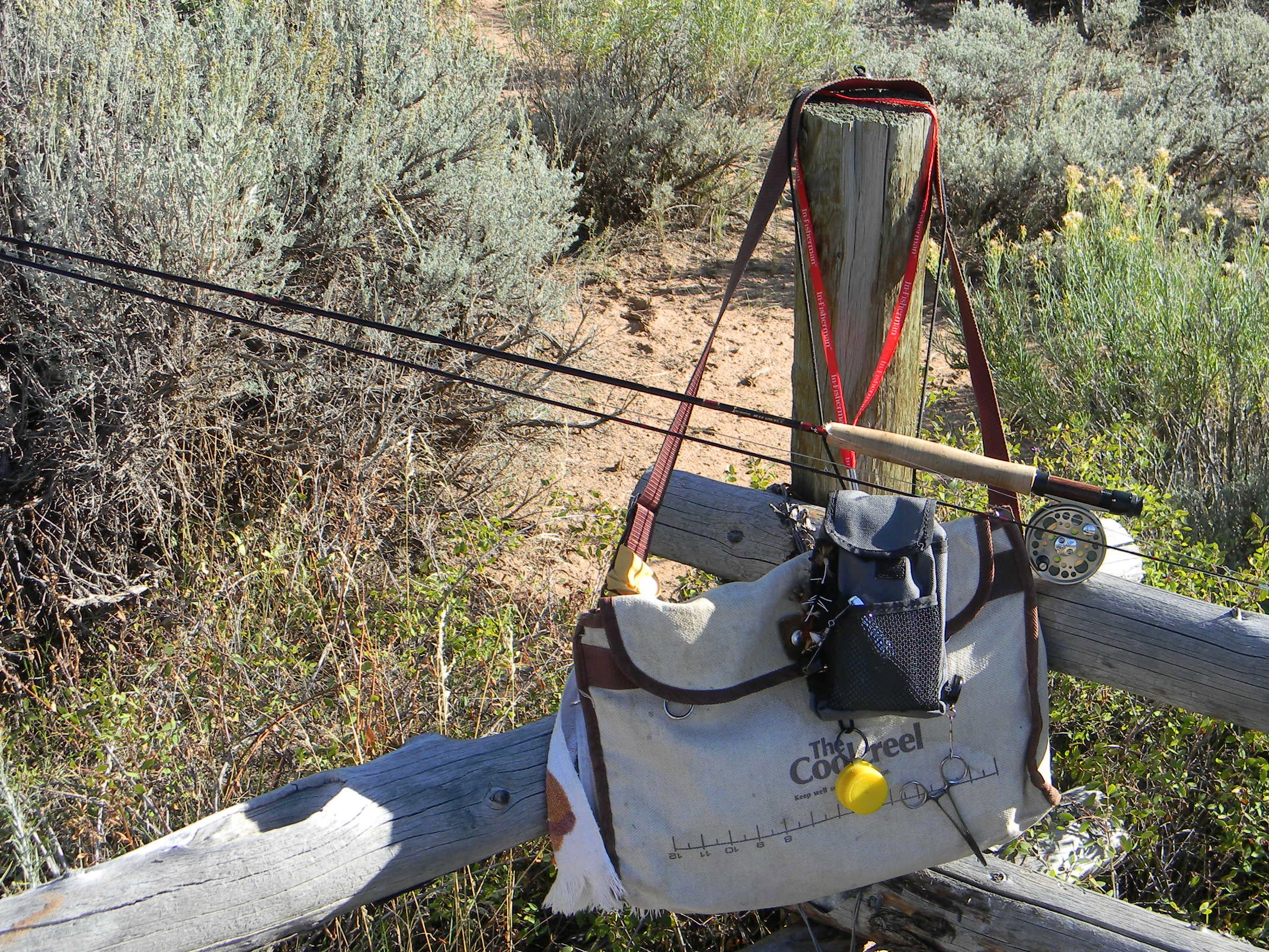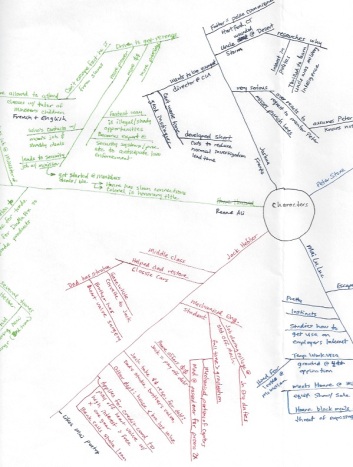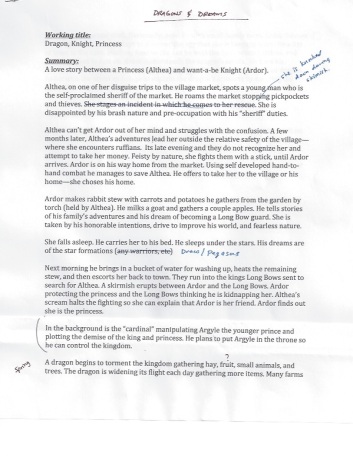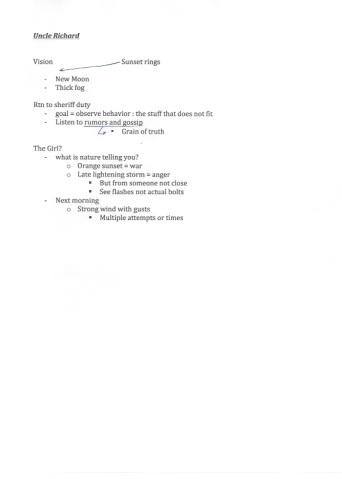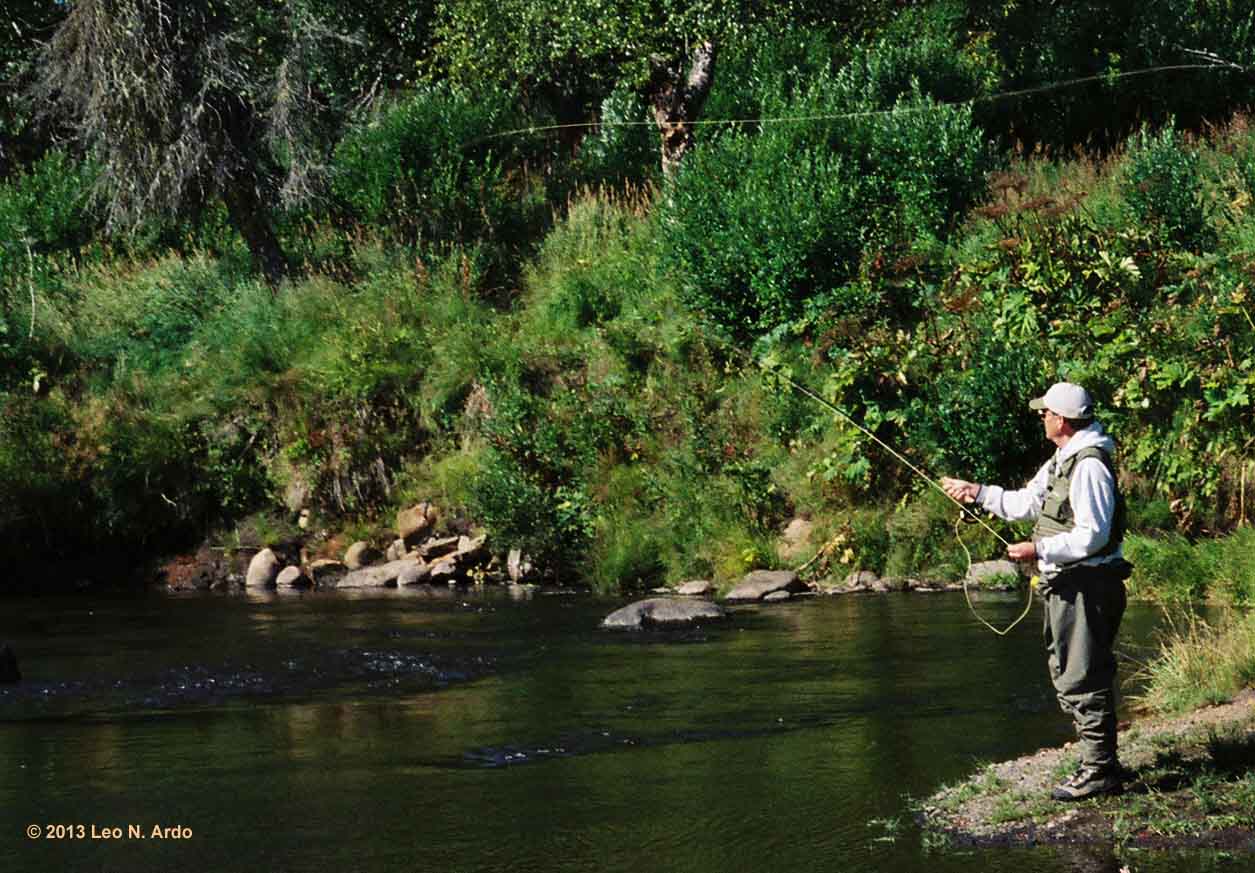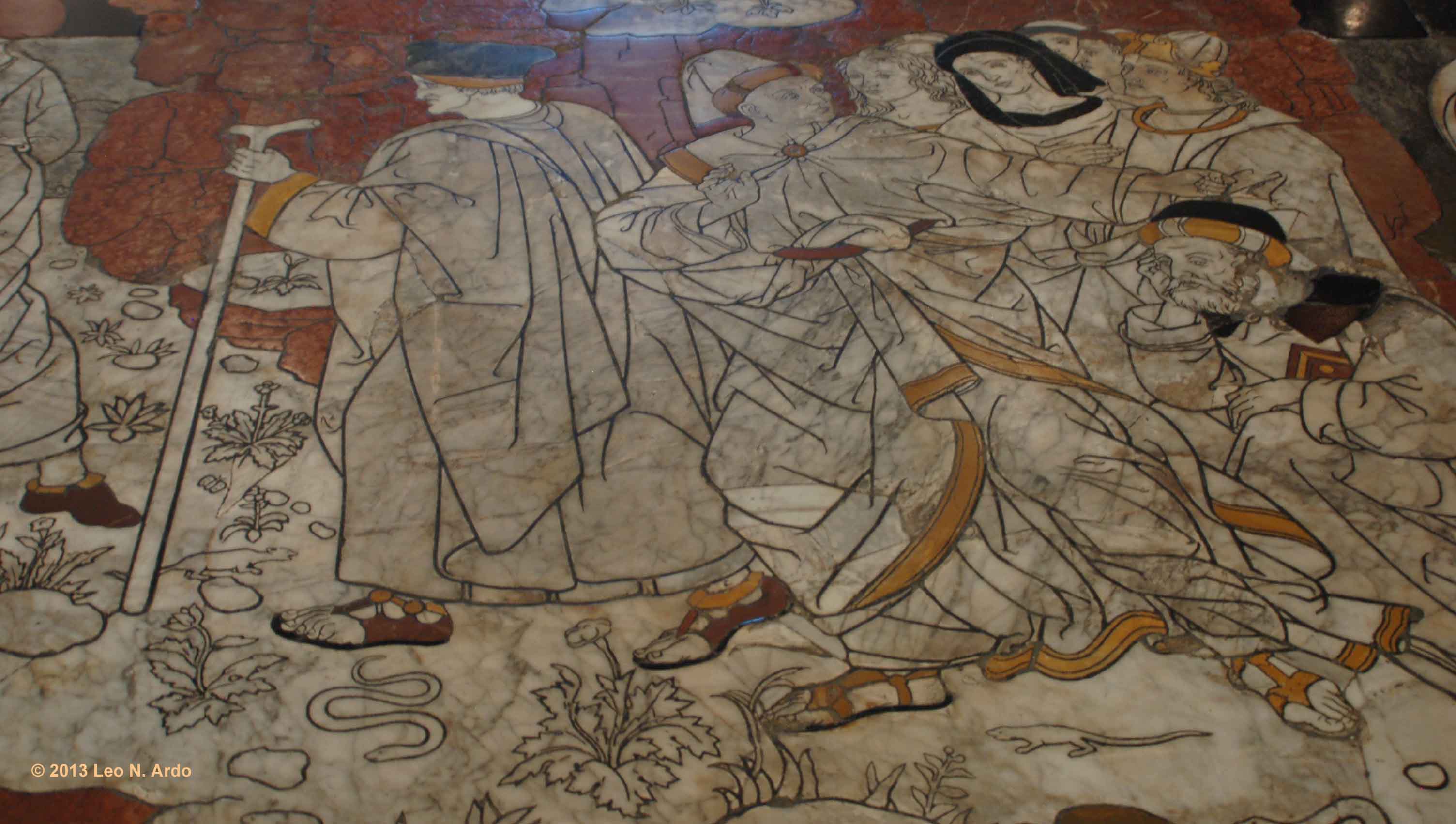The H. P. Oliver Interview
(Interviewed by Leo N. Ardo)
I was a rooky tweeter when I replied to a tweet about weird car names. Having read a story on Rolls Royce’s introduction of the “Wraith”, I suggested adding the Wraith to the list. His reply reminded me that their clocks were too loud. What followed was the most entertaining two hours of banter: 70’s gas wars, V8’s, classic cars, standard vs. metric coins, and so on. Thinking anyone with such an unpredictable and classy sense of humor must write good books, I bought Pacifica by H. P. Oliver.
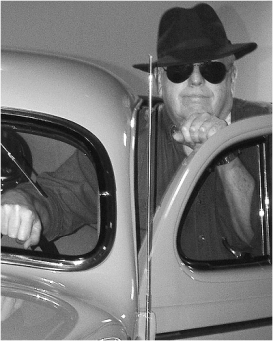
Within a few pages I was hooked, and rescheduled a golf outing to finish Pacifica. There are healthy doses of action and suspense appropriately sprinkled with humor. Johnny Spicer, ace gumshoe, tells his own story as only he can.
It’s about here where you would expect to find H. P. Oliver’s biography. To comply with convention and maintain as much space as possible for the interview, please feel free to click the link below—after you enjoy the interview.
http://www.hpoliver.com/BIO/index.html
Be sure to catch the Revolver excerpt after question 6.
Question #1:
Readers sometimes wonder where writers get the ideas for their stories. For example, your last book, Pacifica, was a tale of international intrigue set at the 1939 Golden Gate Exposition in San Francisco. What was your inspiration for that story?
H. P. OLIVER: Most of my novels are born when one of the story ideas floating around in my head strikes me a particularly nifty yarn worth telling. Pacifica is unique in that it began as a set of criteria in search of a story. When I decided to “star” Johnny Spicer in his first novel-length caper, I had little more to go on than a general date that fit with the chronology of his first two novellas (Johnny Spicer: The First Capers).
The timeframe I had was simply the year 1939. Since I often base my stories on historical events, I began by looking at what was going on in the world then. One of the biggest news items of the era was the continuing Japanese invasion of China. That seemed like a good opportunity to throw Johnny into a mystery with some foreign intrigue, but Spicer is a Hollywood detective, so I had to figure out how to bring the Sino-Japanese war to California.
That challenge was simmering on a back burner while I was researching another project in the University of California’s Bancroft Library Historical Photo Archive. That’s where I came face-to-face with the solution. What I found was a collection of snapshots made at the 1939 Golden Gate International Exposition in San Francisco.
The GGIE was a world’s fair focusing on trade through exhibits from countries bordering the Pacific Ocean, including China and Japan. Sensing I was hot on the trail of a good idea, I dug deeper into the exposition’s history. The more I learned, the more certain I became that I’d found the perfect setting for a tale of international intrigue set in California.
The book’s title, Pacifica, comes from the exposition’s theme sculpture—an eighty-foot deco statue of a woman who supposedly represented the spirit of the Pacific rim countries—or something vaguely along those lines. That statue, created by sculptor Ralph Stackpole, was called Pacifica.
While a breathtaking monument, especially when illuminated by multi-colored lights at night, Stackpole’s statue did not receive critical acclaim in the art world. It seems many agreed with Johnny Spicer, who described Pacifica as “. . . a gigantic statue of the ugliest woman I have ever seen. What this big, ugly dame had to do with the Pacific Ocean escaped me, other than the possibility that the bottom of that ocean might be a better place for her.”
Question #2:
Your Hollywood gumshoe, Johnny Spicer, is a unique character. How did you happen to “meet” him?
H. P. OLIVER: Character development is essential to good fiction. The folks who populate our stories must be crafted to fit their roles believably. It’s also important for writers to know those characters intimately. If I don’t love or hate my characters, they aren’t likely to illicit much emotion from readers either.
I write mostly in a genre’ I describe as a blend of pulp and noir fiction, so I set out to craft a protagonist who fit into that scheme of things. I wanted a hero with some smarts who was also fallible—a guy who makes mistakes just like the rest of us. Moreover, I needed a character who was a product of his time, the 1930s and ’40s. Among other things, that meant a fellow with the black and white view of good and evil typical of simpler times. In connection with that, he needed to be an ethical man who knows he must live with the consequences of the decisions he makes. Finally, my character had to have qualities that made him unique and interesting. I chose a cynical point of view and an appropriately dry sense of humor as two of those qualities.
So that was the beginning of Johnny. From there I developed about a three-page dossier on him so I knew his life story up to the point when I “met” him. Then we started working together and, to tell the truth, I wasn’t sure I liked Mister Spicer at first. He got on my nerves a little, but as I learned what makes him tick, we became the best of pals
Question #3:
Based on your thirty-some years of writing experience, what advice do you have for those just beginning a writing career?
H. P. OLIVER: As a general rule, I don’t do how-to tips. There are already far too many folks doing that, and most of them fall into George Bernard Shaw’s category of people who can’t do so they teach. I have, however, three basic writing tenets in which I firmly believe, and I’m happy to share those.
First, life experiences are a significant part of who we are and what we write, so go out and live! The Internet and TV only give us predigested, secondhand versions of the world. Turn them off and go see the world in person. That’s the only way a writer can prepare to write realistically about life.
Second, learn your craft. Stephen King said something like, “Writing cannot be taught, but it can be learned.” While I seldom agree with anything Mister King says or does, he got that one right. I think what he meant is we all write differently, so we each have to figure out the way to write that works for us.
But, as Jessica Bell so aptly points out, “You must learn the rules, so you can break them intelligently.” So, by all means, learn the basics—sentence structure, grammar, word usage, and so on—from knowledgeable teachers. Once you’ve learned those rules, however, no amount of time and effort spent on writing coaches and seminars will help you develop your own unique writing style. That you must do by studying the rich heritage of our craft, making your own style choices, and writing, writing, writing to refine those choices. That’s how you grow as a writer
Third, never forget that, as a fiction writer, you are a story teller, plain and simple. That’s your job. While just about anyone can think up an interesting plot, the art of spinning a good yarn is in the telling of the story.
Question #4:
What are your thoughts on the “indie” publishing world and how to succeed in it?
H. P. OLIVER: You don’t ask easy questions, do you? I’m no expert, but I know without a doubt that independent publishing is a two-headed coin. On one side is the benefit of giving talented writers who have escaped the notice of agents and publishers an opportunity to connect directly with readers who will enjoy their work.
On the other side of the coin is a situation in which anyone who can find the space bar on a keyboard can become a published “author.” This is a problem for both writers and readers because it results in a ratio of something like a thousand pieces of poorly-written garbage to one well-crafted novel.
So, until outfits like Amazon establish some standards for writing quality—NOT CONTENT—and insist writers meet those standards, success in the world of independent publishing hangs entirely on the writer’s ability to make a well-crafted novel stand out from all the garbage around it. Achieving that goal requires becoming known to as many readers as possible and racking up positive reviews.
To make matters even more difficult, those who must operate within the scope of a budget are limited in the ways they can make their name known to readers. And most of those ways involve the use of social media—websites like Twitter, Good Reads, and to a lesser degree, Face Book.
Using social media effectively involves creating a personality—a brand, if you will—readers associate with quality writing in a genre’ they enjoy. I think the best Internet tool for this purpose are custom-built website on which writers present their wares in an environment tailored to their style of writing. Once you have such a website, the most beneficial use of social media is urging readers to visit and revisit your site. That also requires keeping your website dynamic by constantly updating it with fresh and interesting with new features. I think my website (http://www.HPOliver.com) is a pretty fair example of a web presence that fits those criteria, but then I might have just a little prejudice on the subject.
Regardless, I’d bet my fedora that those who successfully use social media to sell their products put as much time and effort into promotion as they put into creating the books they hope to sell.
Question #5:
Speaking of fedoras, you’re looking quite stylish in yours today. What’s the story behind the hat?
H. P. OLIVER: My fedora is part of who I am, so why not use it as a kind of signature? It might also be my small way of reintroducing a sense of style and class to a society in which being who you are—a unique individual standing apart from the crowd—seems contrary to the interests of Corporate America. But that’s another story for another day.
Question #6:
Rumor has it Johnny Spicer’s next adventure is coming out soon. Can you tell us anything about that?
H. P. OLIVER: It just so happens I can. At this moment we are in the final production stages of Johnny’s second novel-length caper. The title is Revolver, and it’s scheduled for release in paper and Kindle editions at the end of this month.
This time around, Johnny tackles a mystery right in his own backyard. Someone is sabotaging the making of a film on Warner Bros. Burbank lot, and Jack Warner hires Johnny to make the problem go away. Spicer’s investigation has him traipsing all over southern California and dealing with a cast of characters that reads like a 1930s Hollywood Who’s Who. As usual, I’ve tried to give Johnny a challenge worthy of his gumshoe talents and, hopefully, I’ve provided his fans with a mystery that will keep them guessing right along with our hero until the final chapters. There will be more about Revolver on my website when the book is released.
– – – – –
Leo N. Ardo: I want to thank you H.P. for taking a few moments from the busy schedule that accompanies releasing a new book.
H. P. OLIVER: Leo, this interview with you has been swell fun. Thank you for the opportunity to talk a little about our craft and maybe hustle a few books.
Website: http://www.hpoliver.com
Twitter: http://www.twitter.com/HP_Oliver
– – – – –
Excerpt from Revolver:
I slid in behind the steering wheel of my Chrysler and was cranking the engine over when I heard the sound of screeching tires somewhere to my right. I looked down the side street just in time to see Diana Dean’s bright red Cadillac convertible burst out of the hotel’s garage entrance and swing in my direction. I heard the powerful sixteen cylinder Caddy engine straining under full throttle as it accelerated up the hill, then there was more tire squealing as Diana Dean shot into the intersection and wrenched the big steering wheel around to her left.
The Caddy’s engine was almost up to full steam by then, and it propelled the massive machine past me and up Ocean Avenue like an express freight train. After a quick look for oncoming traffic, I cranked my steering wheel all the way around into a U-turn on Ocean and pushed my accelerator pedal to the floor. Diana Dean’s Cadillac was already halfway through the next block.
My Chrysler is no slouch when it comes to power, but the Cadillac had a ten cylinder/eighty horsepower advantage on me. I thought I could hold my own, but if Diana Dean kept up at the rate she was going, I wasn’t going to overtake her.
I watched the Caddy slew around to the right at a major intersection up ahead. A young man on the sidewalk jumped back as Dean cut the turn too tight and her right-side tires jumped the curb. I made the same turn and noted the street sign she’d barely missed. We were northbound on Pacific Avenue. I was still nearly two blocks behind the Cadillac when it arrived at PCH.
Without slowing, Diana Dean flew past the stop sign and fishtailed through a left turn, narrowly missing a Studebaker that skidded to a stop just in time. The Studebaker driver was still trying to restart his engine when I sailed by a few moments later. Now Dean had open road ahead of her, and the Caddy had room to stretch its legs. She was easily opening her lead on me.
 Hoping life blesses you with good stories!
Hoping life blesses you with good stories! 

